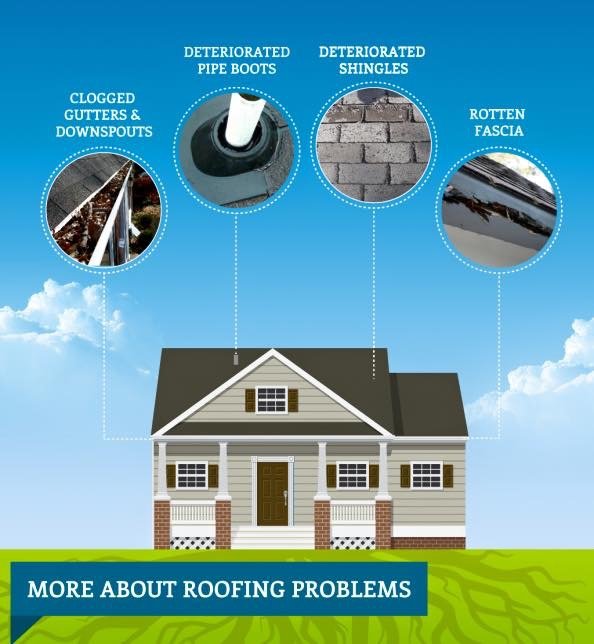The Contribution Of Roof Covering Ventilation To An Effective Installation Refine
The Contribution Of Roof Covering Ventilation To An Effective Installation Refine
Blog Article
Content Created By-Thorpe Thomsen
When you're taking on a roof covering task, you may not believe much concerning roof air flow, yet it's even more crucial than you understand. Efficient ventilation helps regulate temperature level and wetness in your attic, stopping issues like mold and architectural damages. By recognizing just how to design and set up a balanced air flow system, you can improve energy effectiveness and lengthen the life expectancy of your roofing materials. So, what are the vital factors to take into consideration throughout installment that can make all the distinction?
Relevance of Roofing Ventilation
Roof covering ventilation plays a critical function in maintaining the total wellness of your home. By allowing san antonio siding to circulate with your attic room, it helps manage temperature level and dampness levels. This equilibrium is necessary to avoid warm buildup during hot months, which can lead to enhanced energy expenses as your air conditioning works overtime.
In addition, appropriate ventilation dramatically reduces the threat of moisture-related concerns like mold and mildew and mold. If humidity degrees increase, your home's architectural stability can be endangered, resulting in costly repairs. You wouldn't intend to handle deteriorating timber or distorted roofing products, right?
Additionally, ample ventilation extends the life-span of your roofing system. When heat and moisture are kept in check, your roofing system can do optimally, protecting against early damage. This indicates fewer headaches and costs down the line.
How Roofing Air Flow Functions
Effective roofing system air flow relies upon the all-natural movement of air to produce an equilibrium in between intake and exhaust. When you mount vents, you're basically permitting fresh air to enter your attic while enabling hot, stale air to get away. This procedure helps regulate temperature level and wetness levels, protecting against problems like mold and mildew development and roofing damages.
Intake vents, normally located at the eaves, pull in amazing air from outdoors. On the other hand, exhaust vents, located near the ridge of the roofing, let hot air surge and departure. The distinction in temperature level develops an all-natural air movement, called the stack result. As warm air rises, it produces a vacuum cleaner that draws in cooler air from the lower vents.
To maximize visit the next web site , you need to make certain that the consumption and exhaust vents are correctly sized and placed. If the consumption is limited, you won't accomplish the preferred air flow.
Similarly, not enough exhaust can catch warmth and moisture, resulting in prospective damages.
Trick Installation Considerations
When mounting roof covering ventilation, numerous essential factors to consider can make or damage your system's performance. First, you need to evaluate your roof's layout. The pitch, form, and materials all affect airflow and ventilation selection. Ensure to choose vents that match your roof kind and regional climate problems.
Next off, consider the positioning of your vents. Ideally, you'll want a balanced system with consumption and exhaust vents positioned for optimum air flow. Area intake vents short on the roofing system and exhaust vents near the height to encourage a natural circulation of air. This setup helps stop moisture build-up and advertises energy effectiveness.
Do not forget insulation. Appropriate insulation in your attic room stops heat from getting away and keeps your home comfortable. Make sure that insulation doesn't obstruct your vents, as this can impede airflow.
Lastly, think about upkeep. Choose air flow systems that are very easy to access for cleaning and examination. Normal upkeep ensures your system continues to operate properly over time.
Conclusion
To conclude, roof covering air flow is important for an effective installment. By guaranteeing proper airflow, you can prevent warm accumulation and wetness issues that cause pricey damages. When https://commercialroofing51728.jaiblogs.com/60244984/the-value-of-ongoing-roofing-system-maintenance-to-reduce-costly-repair-demands setting consumption and exhaust vents, you boost energy effectiveness and extend the lifespan of your roof. Bear in mind, a well-ventilated roofing system not only safeguards your financial investment yet also improves your indoor air quality. So, focus on air flow to make sure a resistant and cost-efficient roofing system for your home.
